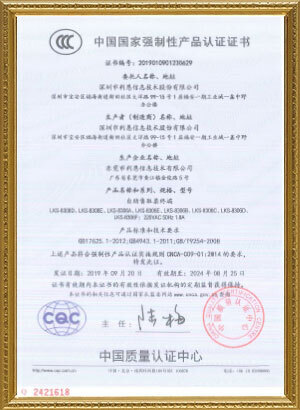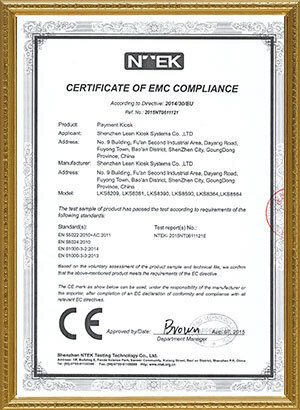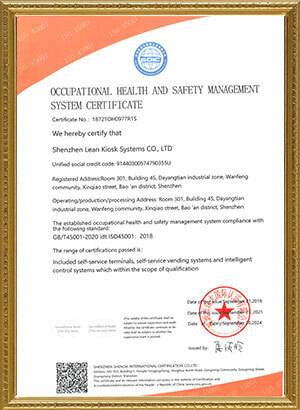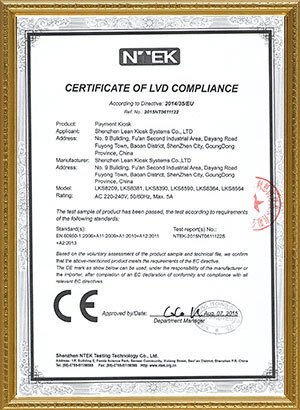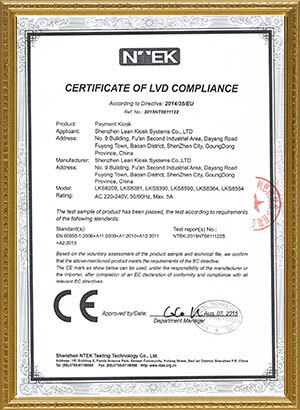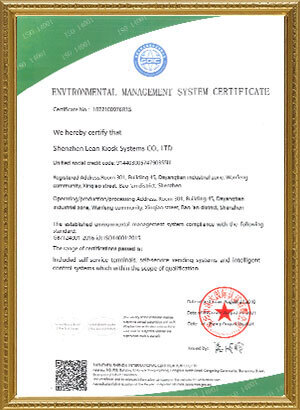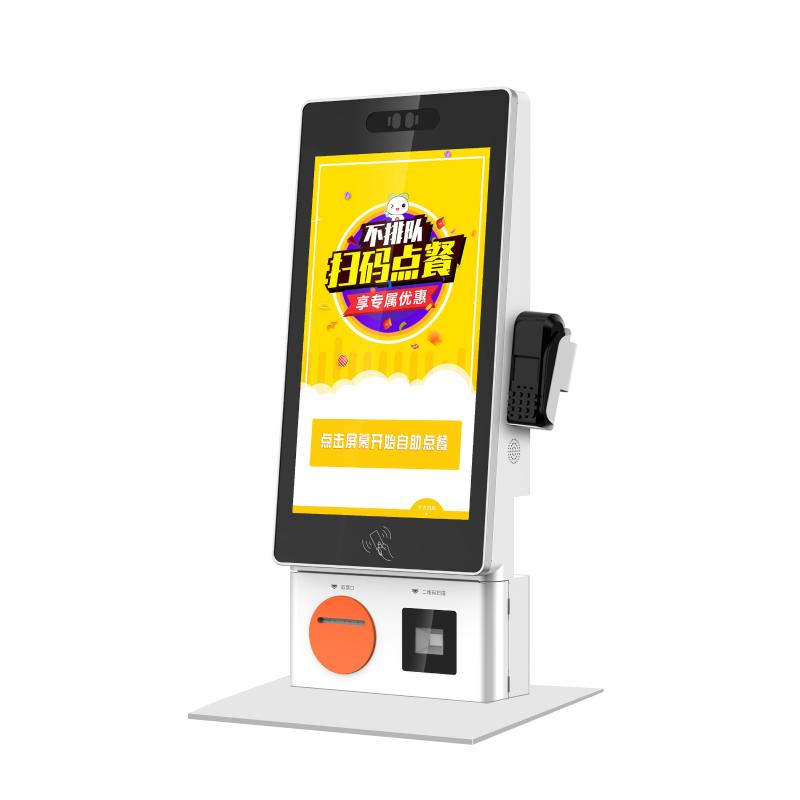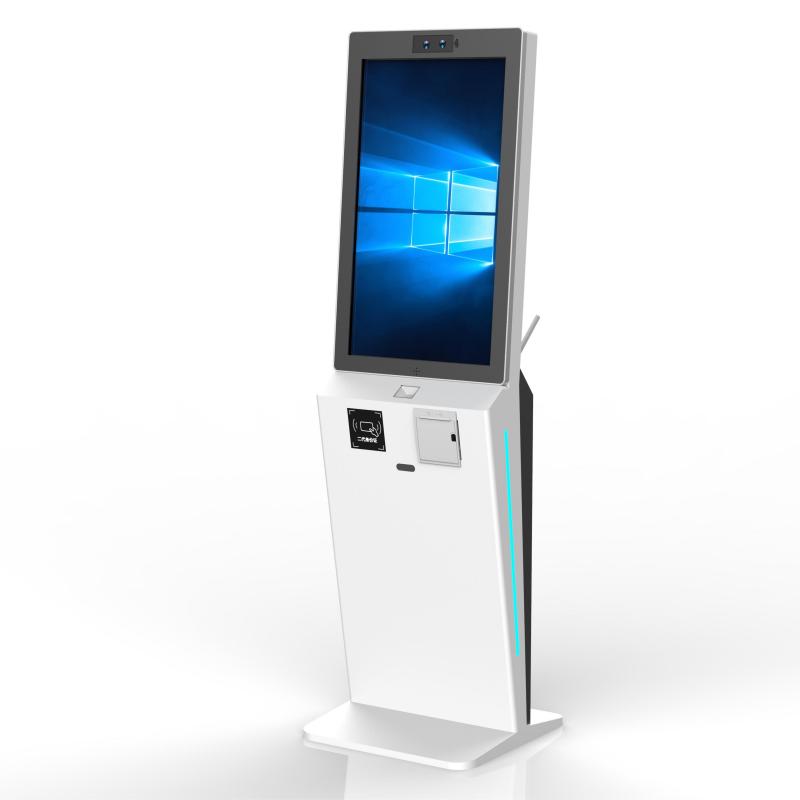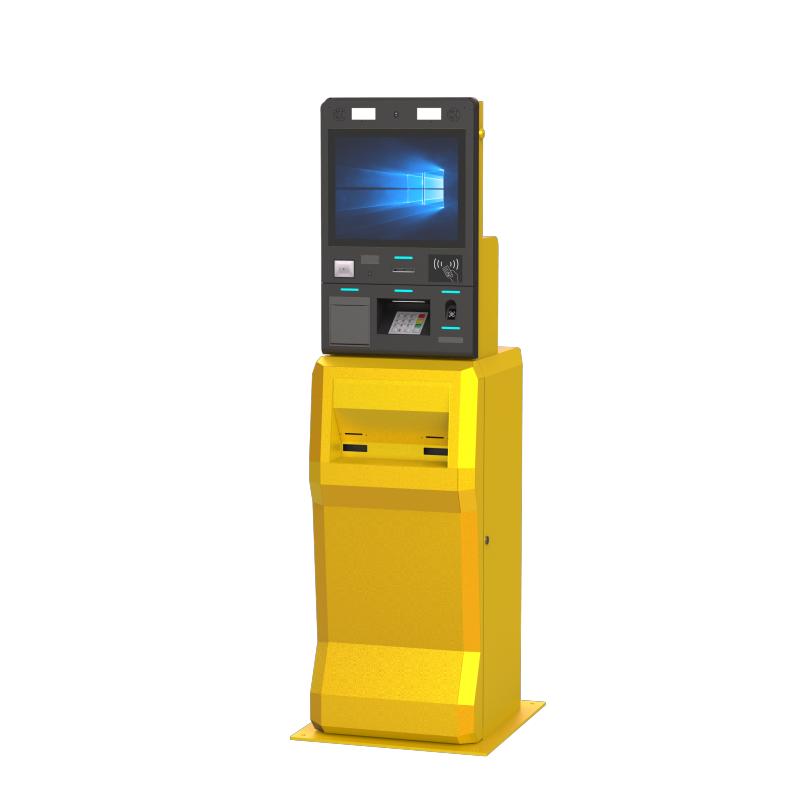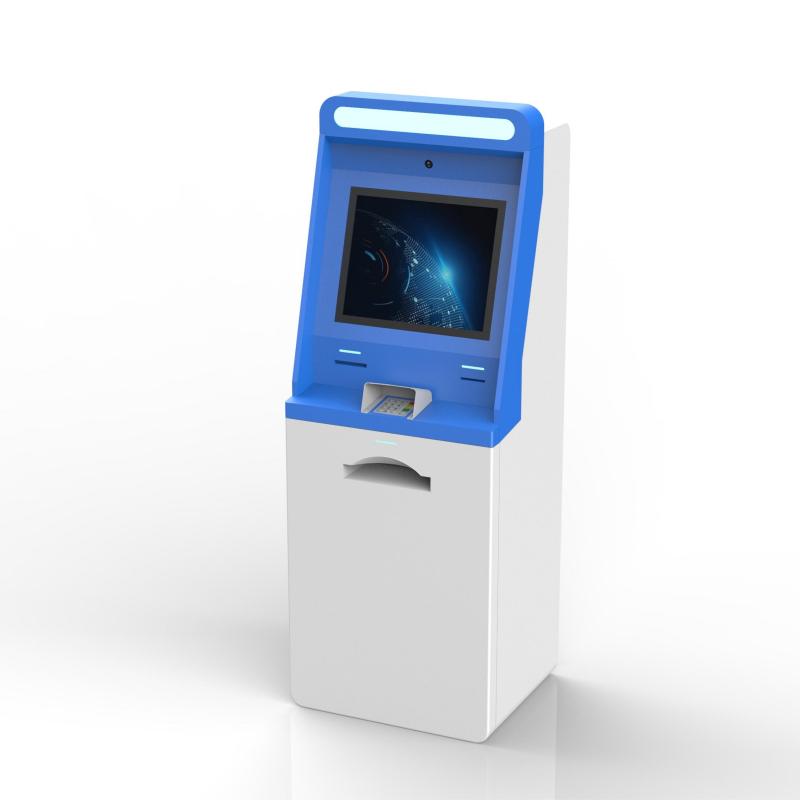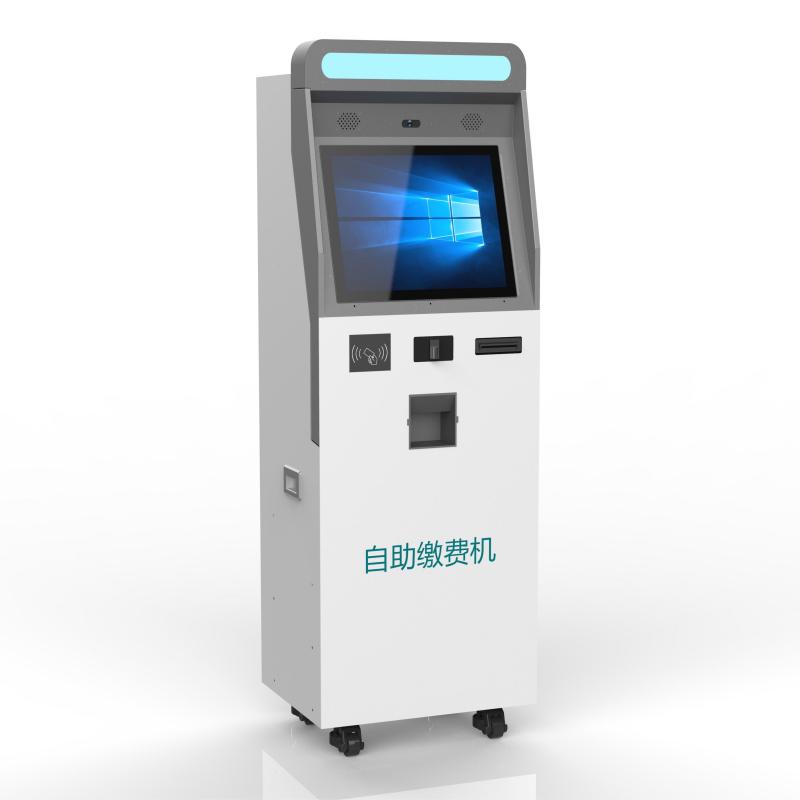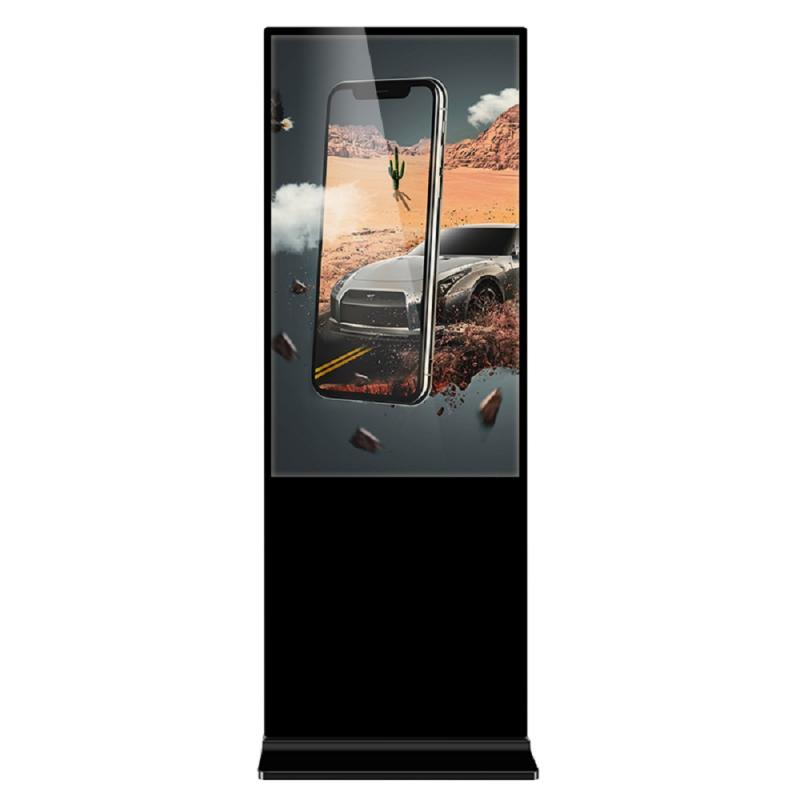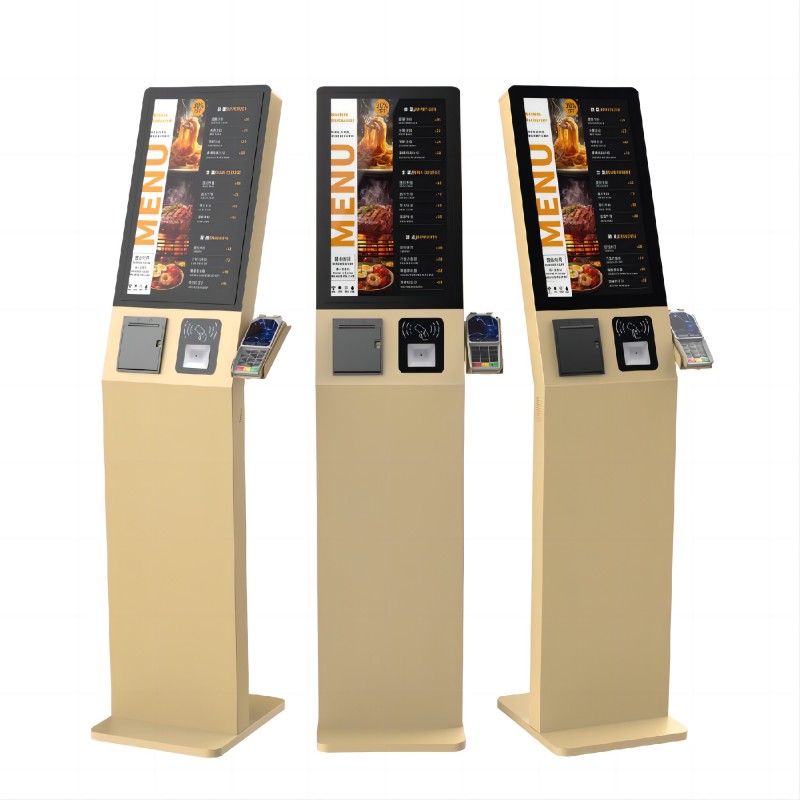
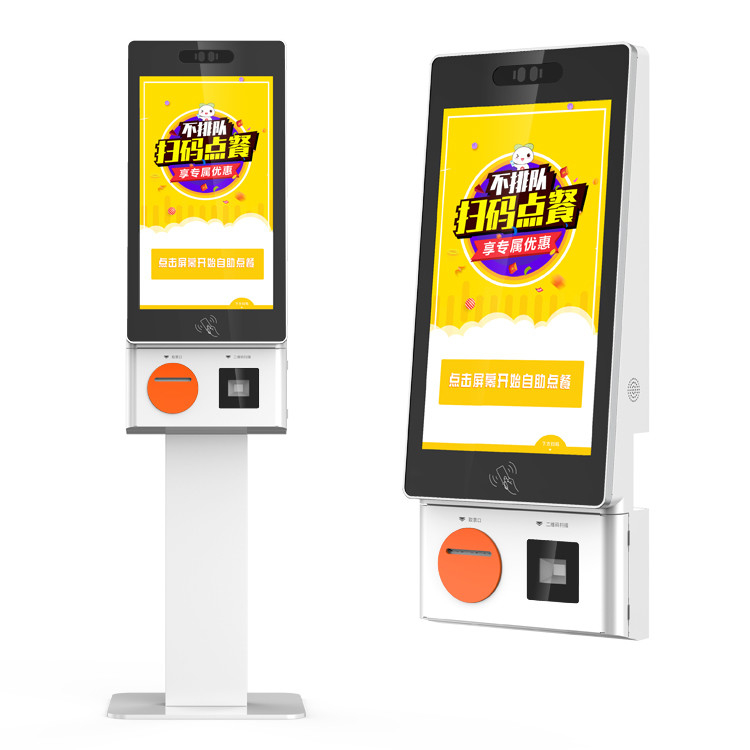
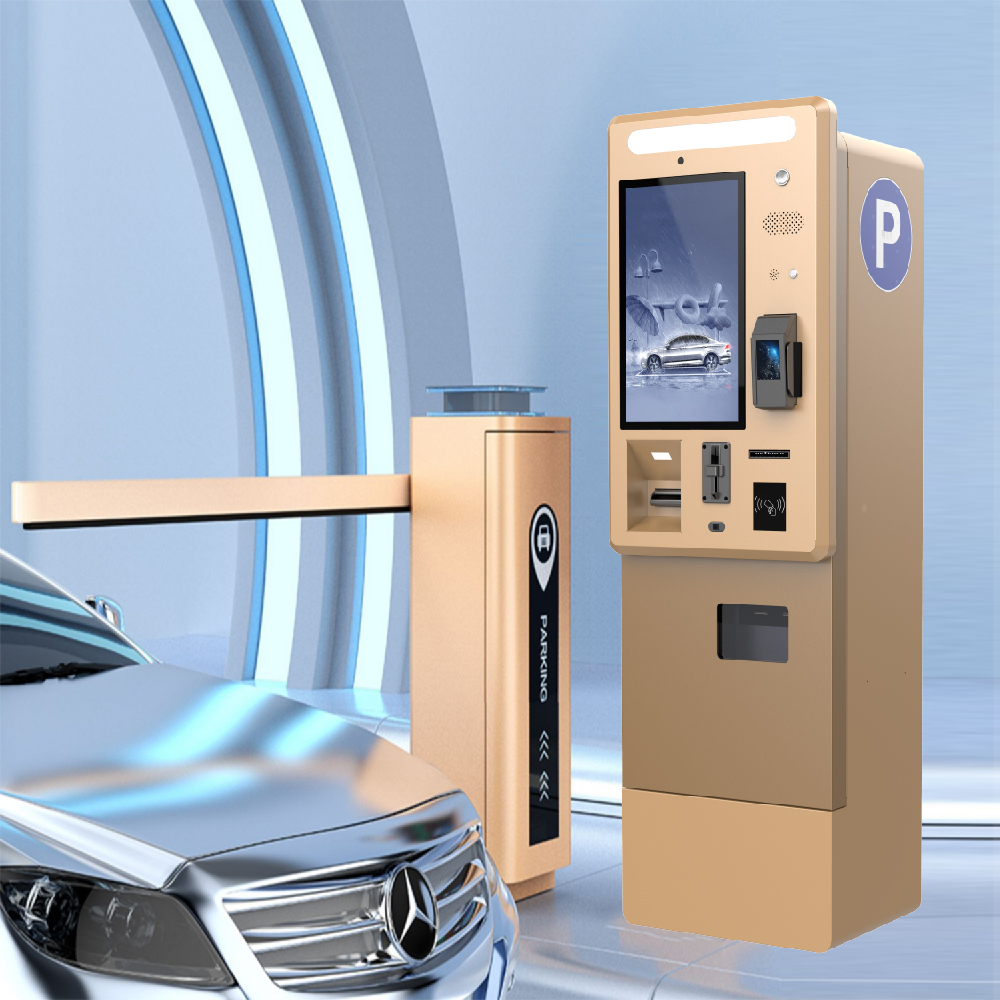
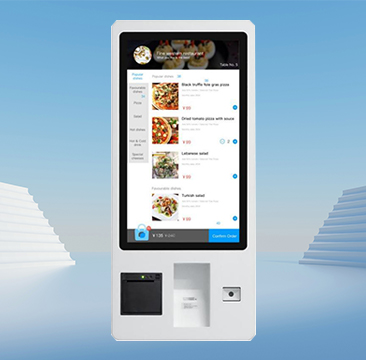

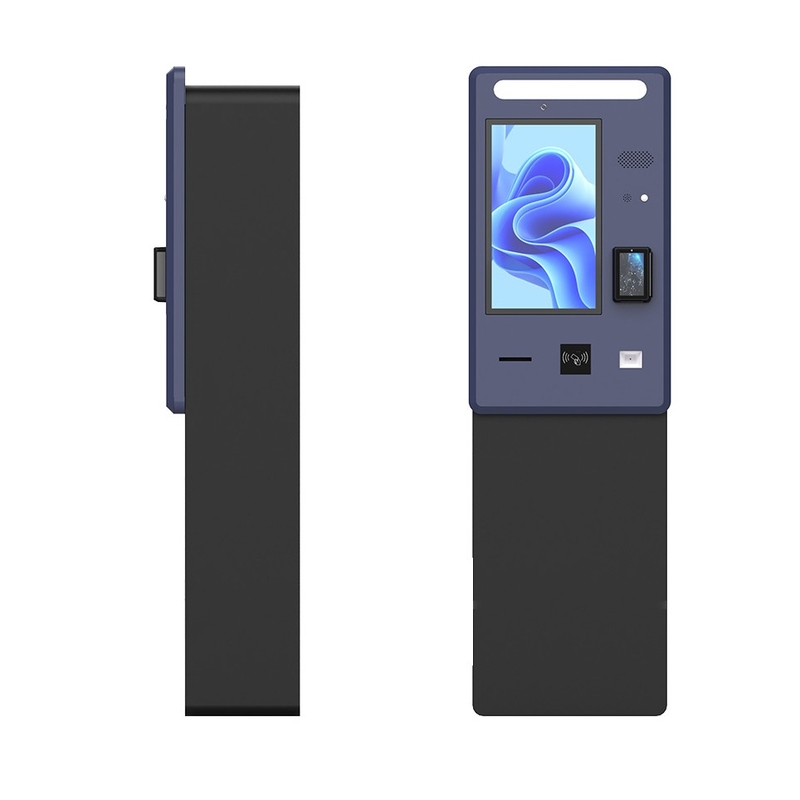
outdoor kiosk touch screen
outdoor kiosk touch screen
An outdoor kiosk touch screen is a robust, weather-resistant interactive display designed for use in outdoor environments. These touch screens are integral components of outdoor kiosks, which provide self-service capabilities for various functions such as ticketing, information dissemination, payments, and way-finding.
Key features of an outdoor kiosk touch screen include:
1.Weather Resistance:Designed to withstand harsh environmental conditions, including rain, snow, extreme temperatures, and direct sunlight. These screens often have waterproof and dust-proof ratings (e.g., IP65 or higher).
2.Durability:Constructed with materials that resist vandalism and wear, such as reinforced glass and sturdy enclosures.
3.High Brightness:Equipped with high-brightness displays to ensure visibility even in direct sunlight, often featuring anti-glare and anti-reflective coatings.
4.Touch Sensitivity:Includes touch sensors that remain responsive under various weather conditions and when users are wearing gloves.
5.Temperature Control:Features built-in heating and cooling systems to maintain optimal operating temperatures and prevent damage from extreme heat or cold.
6.Connectivity:Provides reliable connectivity options such as Wi-Fi, Ethernet, or cellular networks to support real-time data transfer and remote management.
7.Security:Enhanced security features to protect against tampering and unauthorized access, including secure mounting and locking mechanisms.
8.Accessibility: Designed to be accessible to all users, including those with disabilities, often featuring adjustable heights and additional assistive technologies.
9.Versatility:Suitable for a wide range of applications such as transit information systems, digital signage, interactive maps, ticket vending machines, and self-service payment stations.
Overall, an outdoor kiosk touch screen is engineered to deliver reliable, user-friendly interactions in public and outdoor settings while enduring challenging environmental conditions.
Common Uses
Outdoor kiosk touch screens are versatile and widely used across various industries for different purposes. Some common uses include:
1. Information and Wayfinding :
- City Maps and Tourist Information : Providing directions, points of interest, and local attractions for tourists and residents.
- Event Information : Displaying details about local events, festivals, and activities.
2. Ticketing and Reservations :
- Public Transportation : Allowing users to purchase tickets for buses, trains, subways, and other public transit systems.
- Parking : Enabling users to pay for parking and extend parking time.
3. Retail and Vending :
- Self-Service Retail : Offering products for purchase, such as snacks, beverages, and other items.
- Order and Pickup Stations : Allowing customers to place orders for food or retail items and receive notifications when their order is ready.
4. Check-In and Registration :
- Event Check-In : Facilitating self-check-in for events, conferences, and exhibitions.
- Hotel and Accommodation : Allowing guests to check in or out, book rooms, or access services.
5. Advertising and Promotion :
- Digital Signage : Displaying advertisements, promotions, and special offers to attract and inform customers.
- Interactive Marketing : Engaging users with interactive ads and promotional content.
6. Customer Service and Support :
- Customer Feedback : Collecting feedback, surveys, and reviews from customers.
- Help and Assistance : Providing information and assistance for various services, such as finding specific locations or contacting customer support.
7. Banking and Financial Services :
- ATM Services : Facilitating cash withdrawals, deposits, and other banking transactions.
- Bill Payment : Allowing users to pay utility bills, taxes, and other fees.
8. Healthcare Services :
- Appointment Check-In : Allowing patients to check in for appointments and access health information.
- Health Information : Providing information about health services, preventive care, and wellness programs.
9. Education and Information Dissemination :
- Interactive Learning : Offering educational content and interactive learning experiences.
- Public Notices : Displaying important public notices and announcements.
10. Government Services :
- Service Portals : Providing access to various government services, such as renewing licenses, applying for permits, and accessing public records.
- Community Information : Sharing information about community services, resources, and events.
Outdoor kiosk touch screens enhance convenience, efficiency, and engagement across these applications, providing users with easy access to information and services in public spaces.
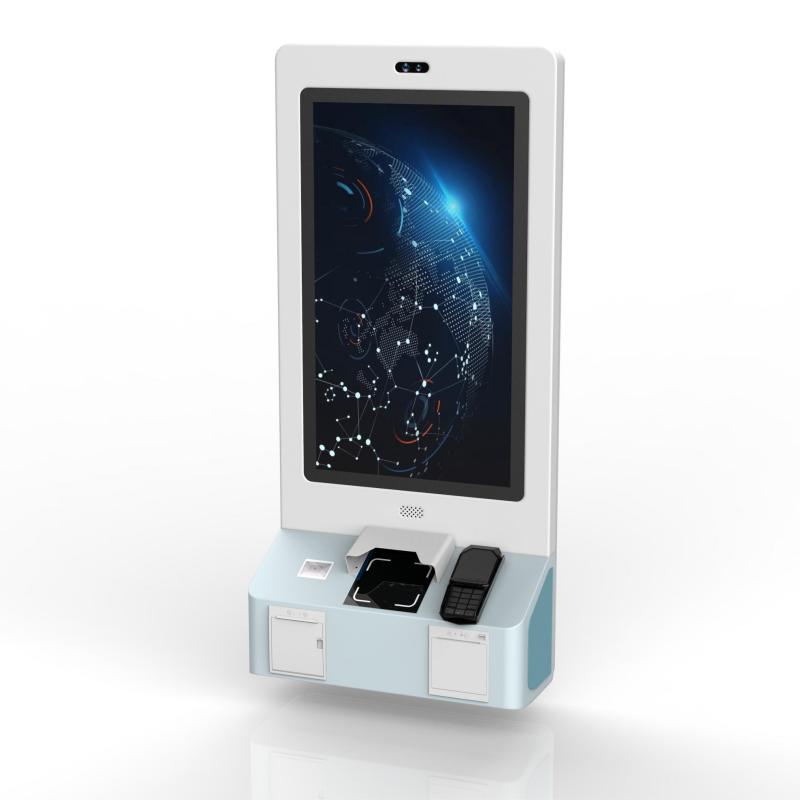
Benefits
- Improved Customer Experience : Provides an engaging and efficient way for users to access information or complete transactions.
- Cost Savings : Reduces labor costs and can lead to increased sales through targeted promotions and easy access to product information.
Customization
1. User Interface Design :
Branded Themes : Customizing the visual design to reflect the organization’s branding, including logos, color schemes, and typography.
Layout Configuration : Adjusting the layout to make navigation intuitive and user-friendly, ensuring a seamless user experience.
2. Language Options :
Multilingual Support : Offering multiple language options to cater to diverse user groups, enhancing accessibility and inclusivity.
3.Adjustable Interface : Providing options to adjust text size, contrast, and audio assistance to cater to users with disabilities.
4. Hardware Customization :
Screen Size and Type : Choosing the appropriate screen size and type (e.g., resistive, capacitive, infrared) based on user interaction needs and environmental conditions.
Peripheral Integration : Adding peripherals such as printers, bar-code scanners, RFID readers, cameras, and card readers to extend the kiosk’s functionality.
Durability Enhancements : Implementing additional protective measures, such as vandal-resistant enclosures, weatherproof coatings, and tempered glass, to enhance durability.
5.Connectivity Options :
Network Integration : Providing various connectivity options, including Wi-Fi, Ethernet, and cellular networks, to ensure reliable data transfer and remote management capabilities.
6. Location-Specific Customization :
Environmental Adaptations : Customizing the kiosk to withstand specific environmental conditions, such as extreme temperatures, humidity, and direct sunlight.
Geofencing and Localization : Providing location-specific information and services based on the kiosk’s geographical location.
7.Interactive Features :
Touch Gestures : Supporting various touch gestures (e.g., swipe, pinch-to-zoom) to enhance user interaction and navigation.
Feedback and Surveys : Integrating interactive feedback forms and surveys to collect user input and improve services.
outdoor kiosk,
touch screen
Address: No. 99-15, Fuan intelligent manufacturing Industrial Park, Dayang Road, Fuhai Street, Baoan District, Shenzhen, China
- Tel:+852 59566712
- Email: frank@lien.cn
- Worktime:8:00-02:00
- Contact Person:Frank
- Mobile Site


